The days of the drive-in movie theaters through rare photographs, 1930-1950
 •
by
•
by Clark.Kent
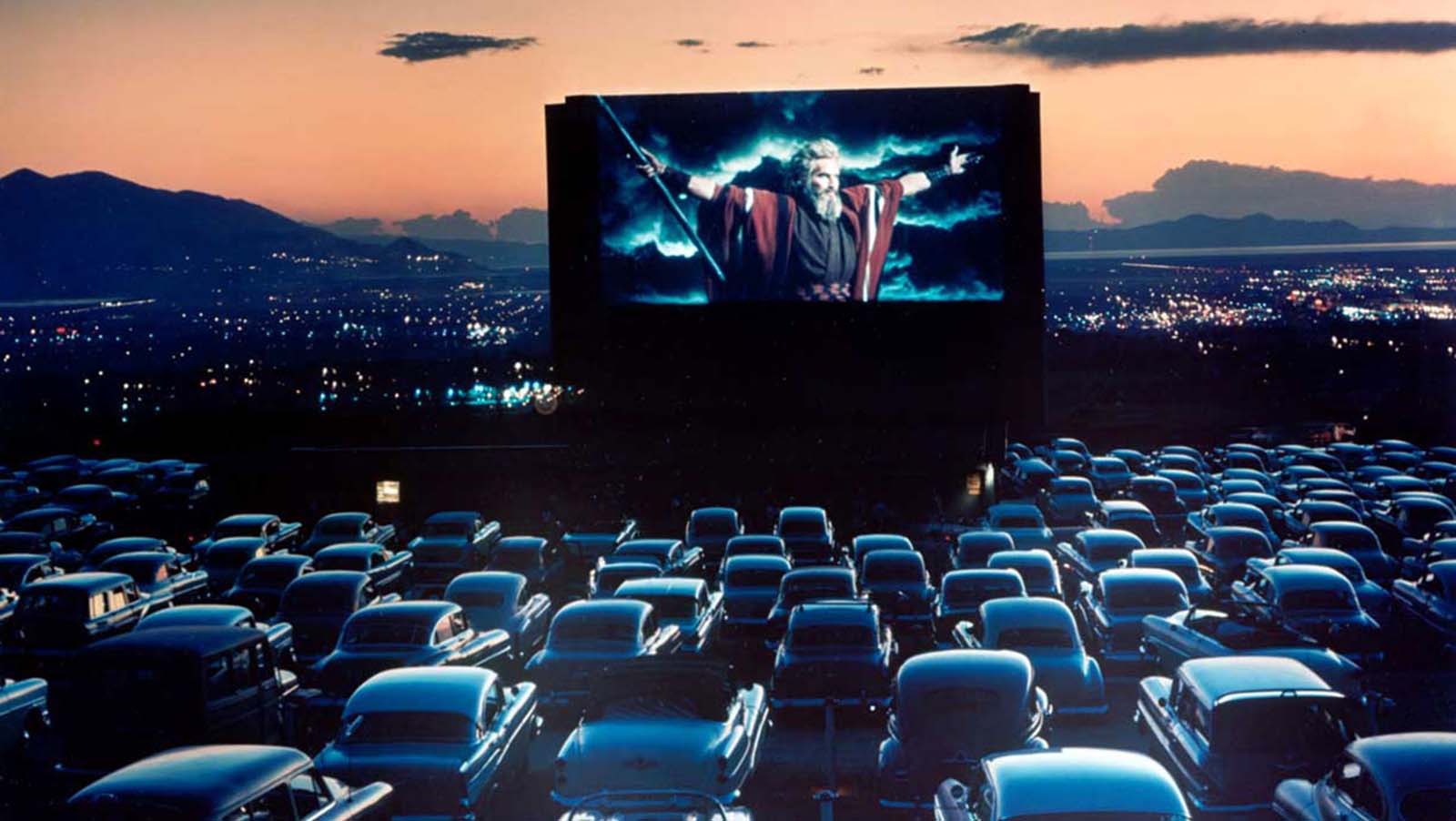
Though there were drive-ins as early as the 1910s, the first patented drive-in was opened on June 6, 1933, by Richard Hollingshead in New Jersey. It offered room for 400 vehicles. He created it as a solution for people unable to comfortably fit into smaller movie theater seats after creating a mini drive-in for his mother. Appealing to families, Hollingshead advertised his drive-in as a place where “The whole family is welcome, regardless of how noisy the children are.”
The success of Hollingshead’s drive-in caused more and more drive-ins to appear in every state in the country and spread internationally as well. Drive-ins gained immense popularity 20 years later during the 1950s and ‘60s with the Baby Boomer generation.
There were over 4,000 drive-ins throughout the U.S. and most were located in rural areas. They maintained popularity as both a space for families to spend time with each other as well as an affordable date night option.
Drive-ins were not without challenges: the sound broadcast from the screen reached viewers in the back with an annoying time delay, out of sync with what was happening in the film.
This was addressed first by more speakers, then by clip-on car speakers, and ultimately by broadcasting the soundtrack direct to car radios. In addition, revenue was limited by the need to show films only after dark. Despite experiments with massive tents, this problem was never solved.

Yet for the patrons, the one huge plus of the drive-in was the privacy afforded by the car. As well as taking away the need to ask children to be quiet, it also offered the ideal environment for a date, with the seductive combination of entertainment, darkness and privacy, all in a confined space.
But ultimately drive-ins would pay the price for this environment, securing a reputation as places of ill-repute. To make up for lost revenue, drive-ins began losing their family-friendly atmosphere by showing exploitation films like slasher horrors as well as adult content. The development of the VCR made it more appealing to stay at home and watch movies without paying for a movie at the drive-in.
Slowly, drive-ins began to lose their appeal. In order to have an effective drive-in, it had to be on at least 15 acres of land. Economically speaking, it became more practical for owners to close down their drive-ins in order to sell their land to developers to build malls or multi-building complexes.
Even though drive-ins are not nearly as popular as they used to be (with some arguing that they will be obsolete within the next decade), there are still drive-ins in business throughout the United States. No matter the fate of America’s drive-ins, they will always be nostalgic and cultural icons.
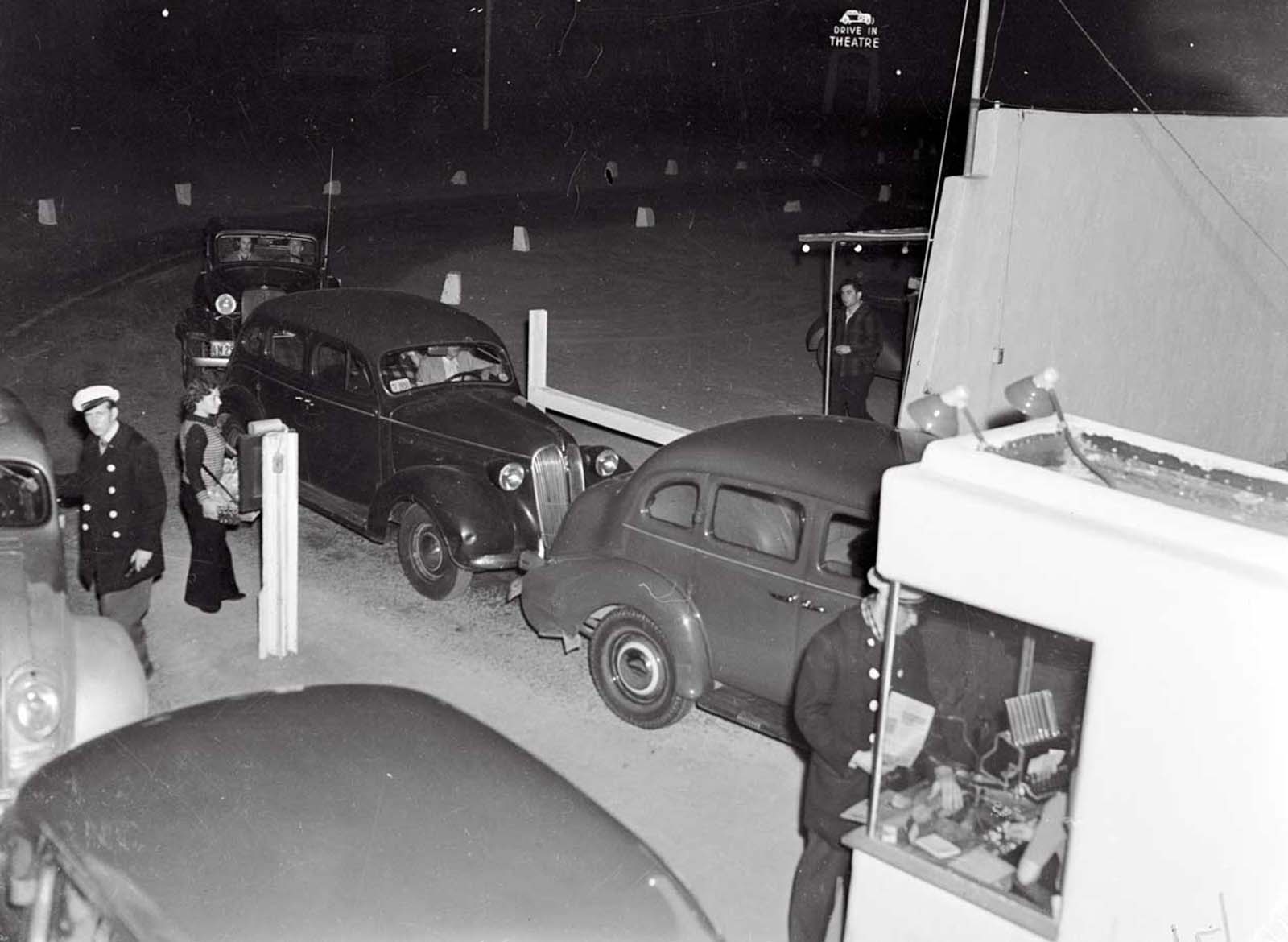
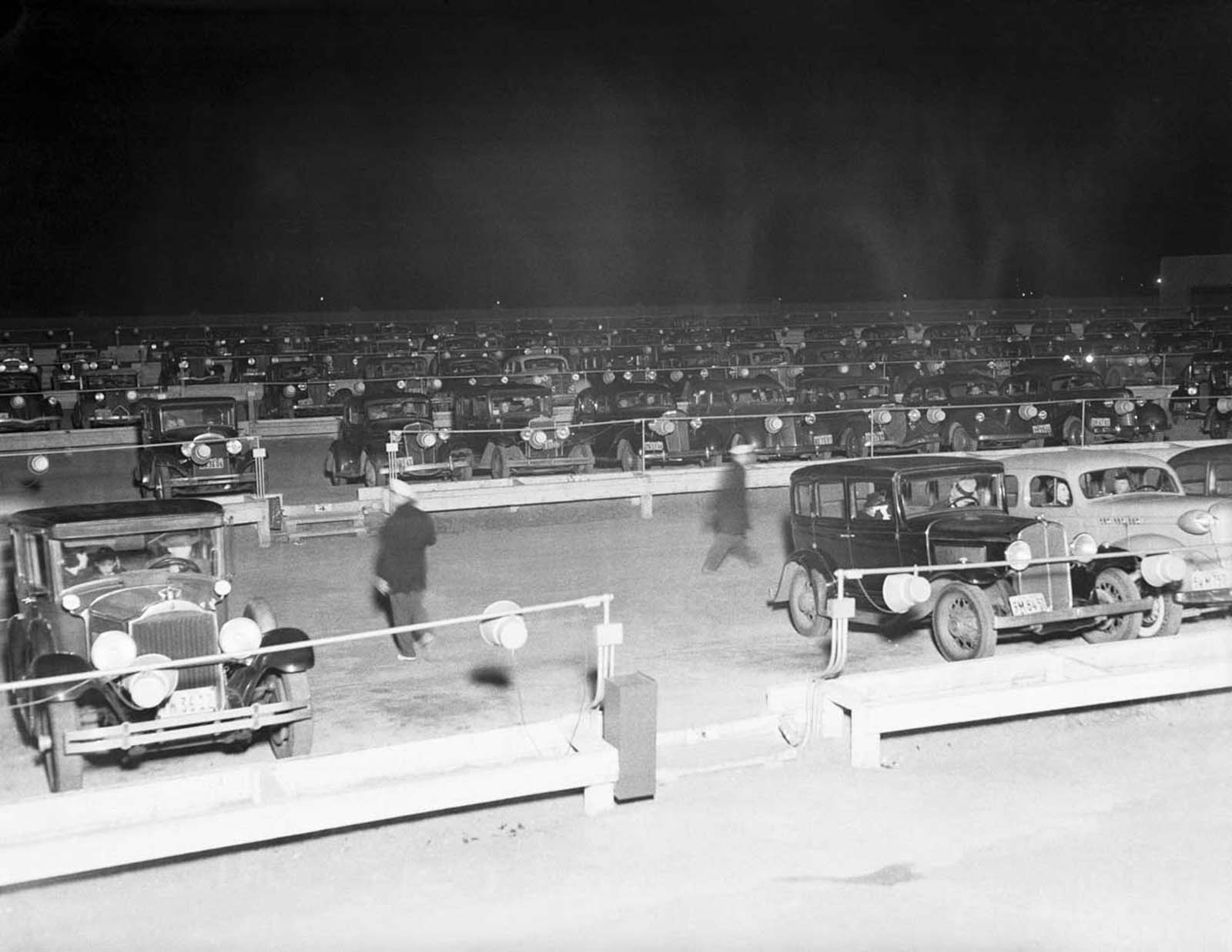

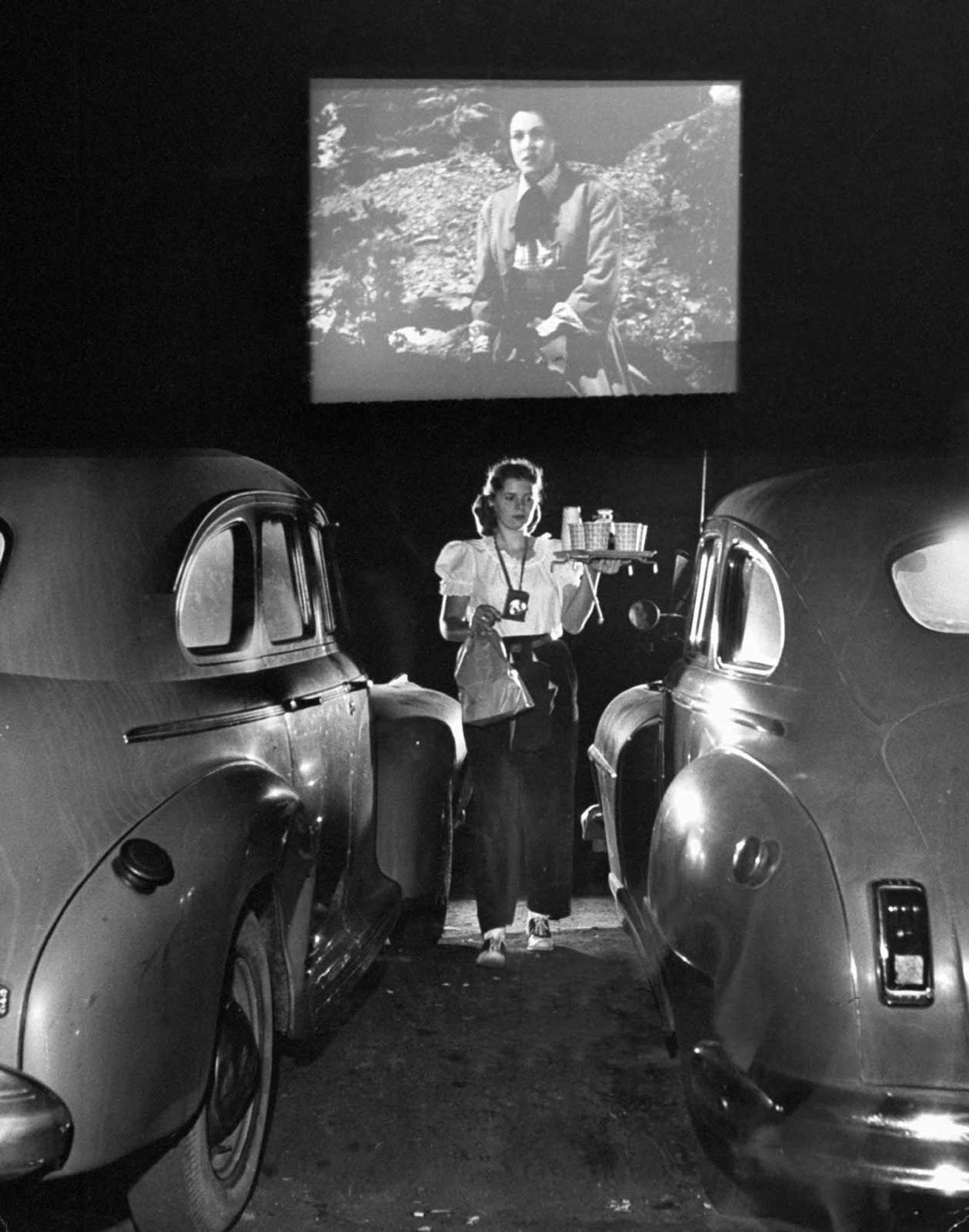


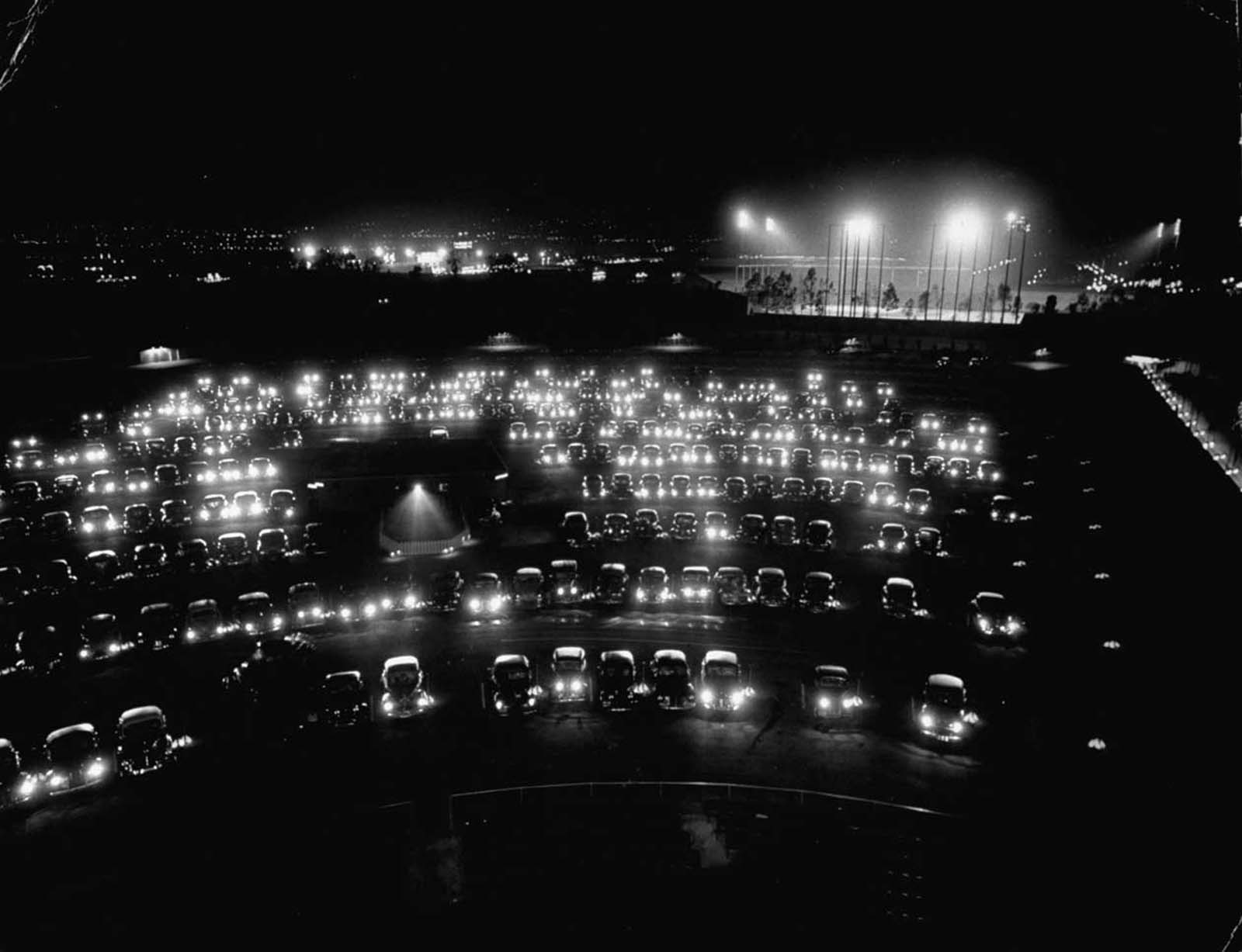
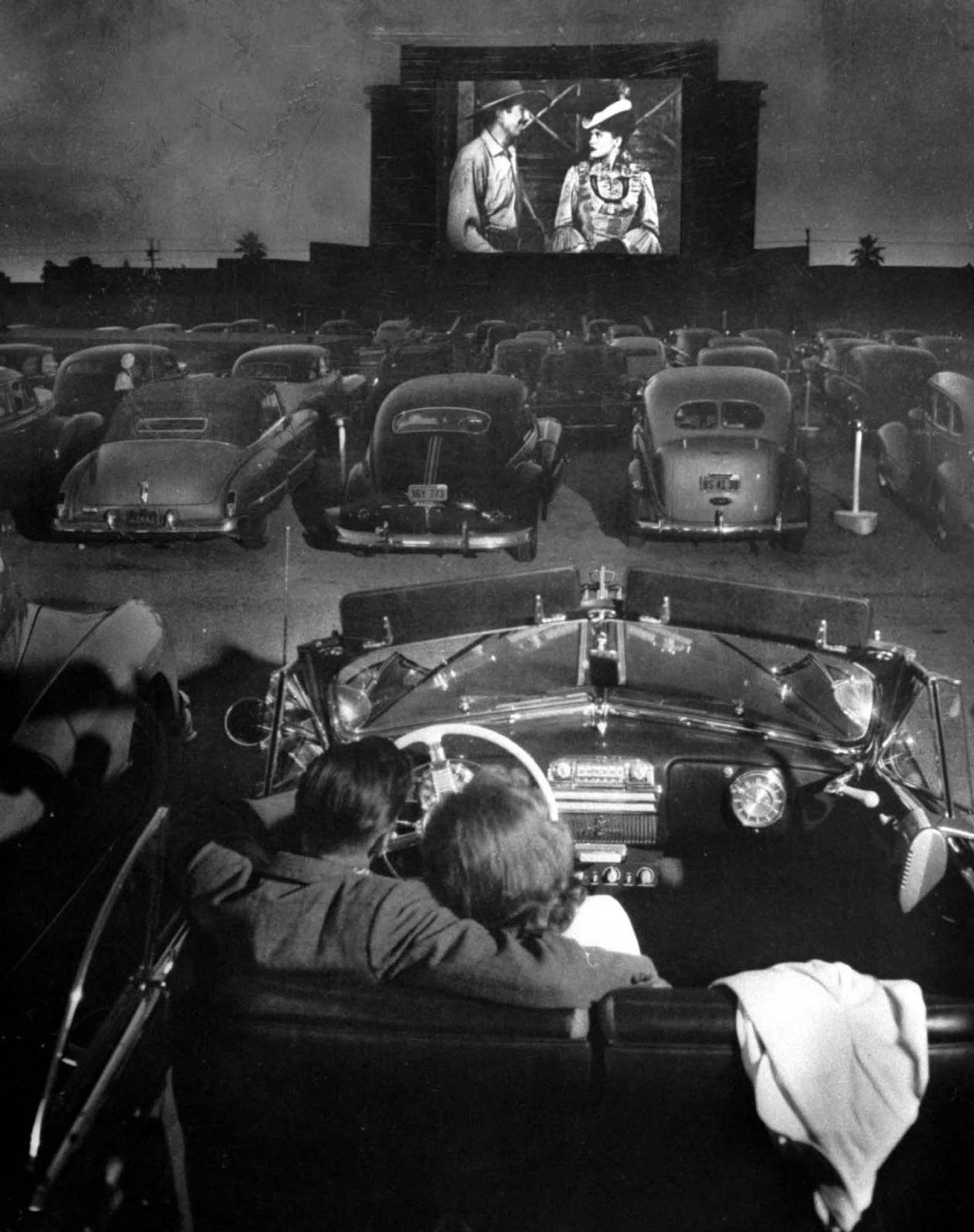

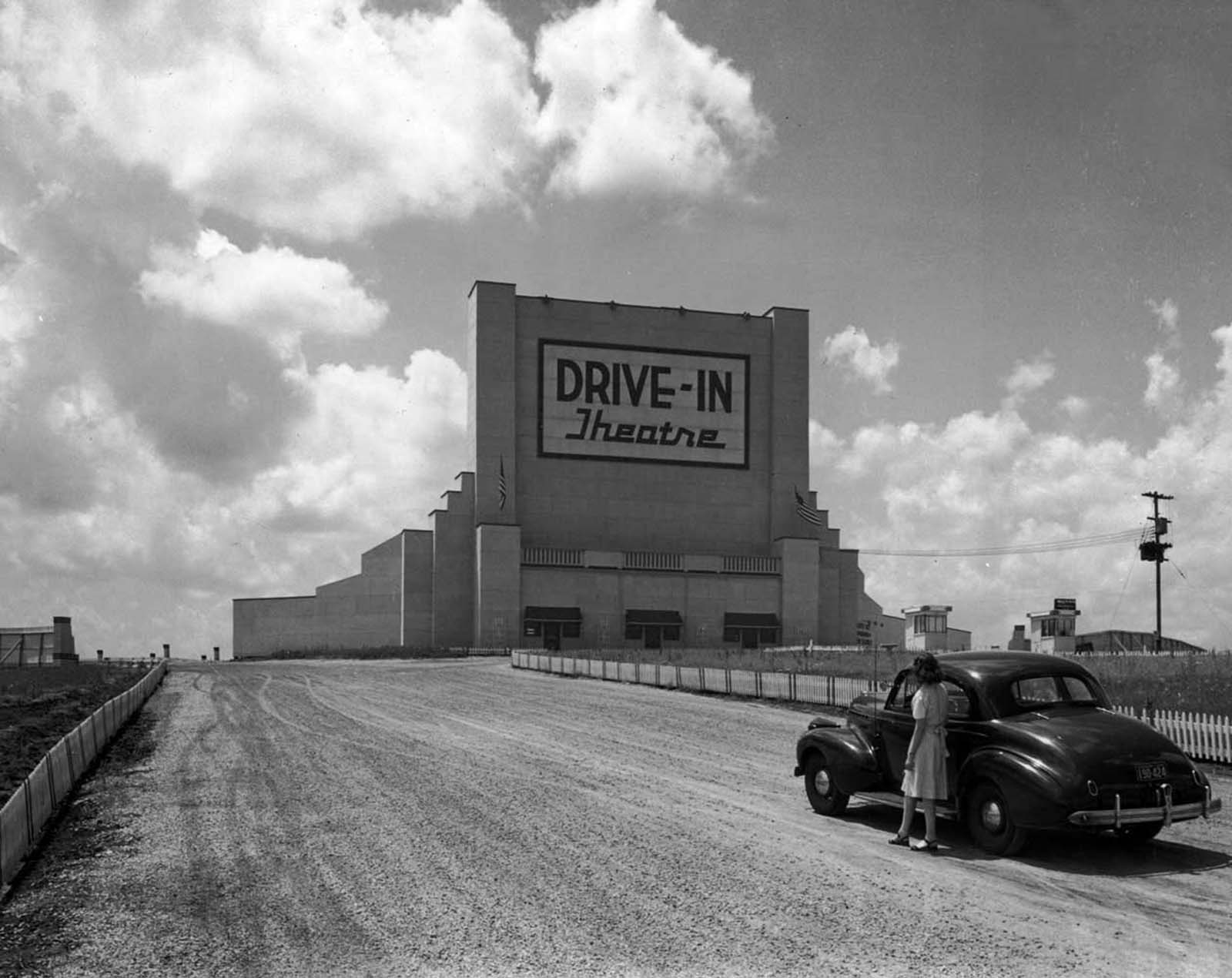


Comments
ο7
Successfully transferred 400 item(s) to Lady Moon4.
first comment
O7
Successfully transferred 200 item(s) to Ivan Petrof.
voted 07
Successfully transferred 200 item(s) to windows2012server.
I would like to try a drive in
Successfully transferred 200 item(s) to Citoyen Vigneron.
Retro...
Successfully transferred 200 item(s) to Dr Druid.
o7
Successfully transferred 200 item(s) to Napoleon54.
О7
Successfully transferred 200 item(s) to Hellraiser 68.
o7
Successfully transferred 200 item(s) to NunuHonu.
nice photos 🙂
Successfully transferred 200 item(s) to ti4go2.
It seems like something of another world. The black and white photos are proof that this was long before i was born. I have never ever been to such a drive in place. In cyprus they never ever existed. I was just lucky enough to go to the...open air cinema with normal seats in the open air when i was very young. just about remember it. Now open air cinemas do not exits where the films were shown under the stars. Now all cinemas have indoor facilities. The only open air events are one off theatrical shows that happen to celebrate something or a festival event. people just see what they want now on the own devices. Also when i was young i remember going to an indoor cinema and viewed a film on a cruise boat. now even that is not in the interest of boat ,ship cruise likers.
Successfully transferred 200 item(s) to Georgelakeland.
Ohh, are there still few in America? Thought they didn't existed any more from ages.
doesnt exist anymore, in title i have mentioned 1930-1950 )
Successfully transferred 200 item(s) to Mister Y.
Maybe it's an old article. I'm not aware of any drive-in theaters still existing.
doesnt exist anymore, in title i have mentioned 1930-1950 )
Successfully transferred 200 item(s) to The Real Elefantescu.
Findlay recall them as a kid in the late 50s and 60s. But there was always some ass in the front rows who would press the brake pedal to create distracting lights…😡. …. But then, who was paying attention to the big screen? Lol
* fondly recall …
Successfully transferred 200 item(s) to Haroj.
v+
Successfully transferred 200 item(s) to Simio Yosemite Sam.
wow interesting
Successfully transferred 200 item(s) to AG.trimafadzi.
We still have them. Not as good as they were, but still around.